Piercing helix
An ear is one of the most popular places for piercing.
It is pierced in different places - on the lobe and cartilage. The puncture in the upper part of the ear is called Helix or Spiral piercing.

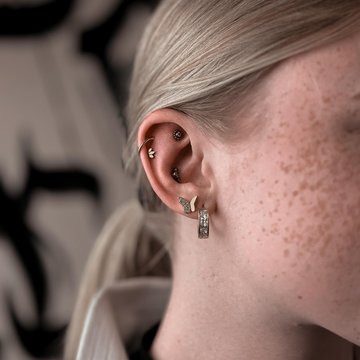
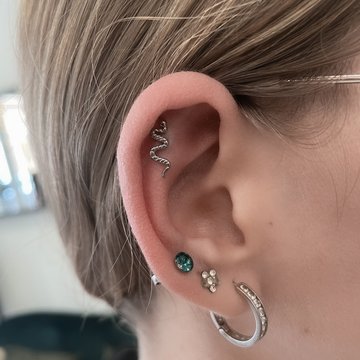
Where is
a helix piercing located?
This type of piercing is often called cartilage piercing, as punctures are performed on the upper cartilage of the ear.
Helix is offered in the following variants:
- Single, double or triple.
- Forward helix, anti-tragus, rook, snug, orbita
The classic performance of spiral piercings is one puncture of the outer cartilage of the upper part of the ear. But most clients make two or three punctures, so this procedure is called double or triple puncture. Admittedly, spiral piercing in any performance looks very effective and attractive. Stylish jewerly, inserted in such a puncture, will add effectiveness to any look.
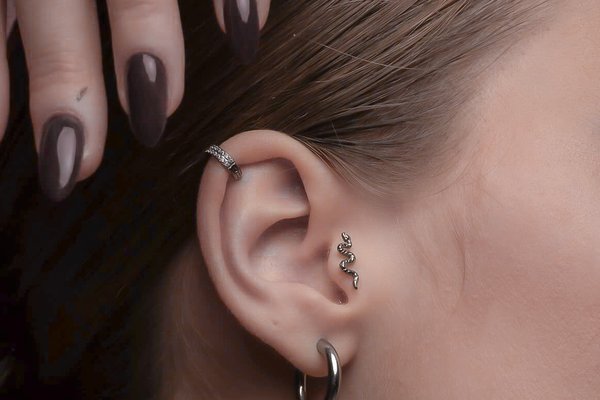
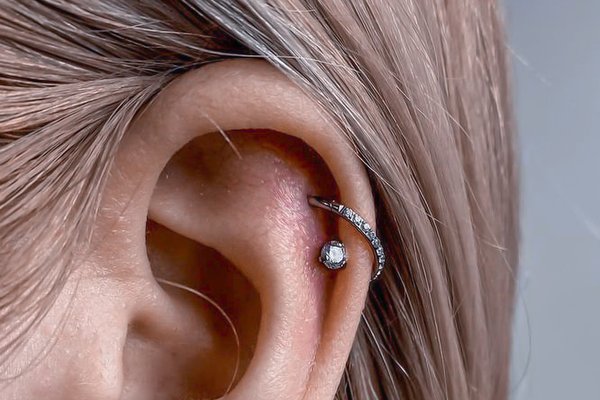
How painful
is Helix piercing
You can read a lot of reviews of people who pierced their ear upper cartilage on various profiled forums and Internet platforms.
Most of them, especially those who made Helix a few years ago, confessed to a rather severe pain during the procedure. Some of the clients even fainted. It was also noted that due to the strong sensitivity of this section of the ear, not everyone could wear any decorations. As a result, the punctured holes with time just tightened.
But now the capabilities of the beauty industry have been significantly expanded and improved. The procedure of puncturing spiral piercing today passes almost without pain. Also excluded the risks of any inflammation. The puncture itself is described by most clients as sudden, medium-strength pinches, painful sensations after pass 2-3 minutes.
We should warn you that Helix piercing is less painful than reverse. This is due to the fact that the cartilage tissue is thicker on the crus of helix.
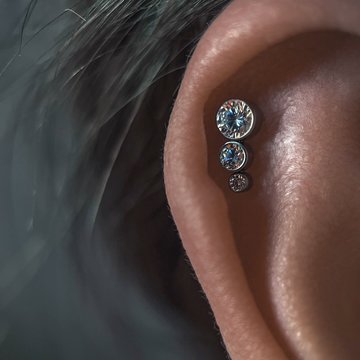
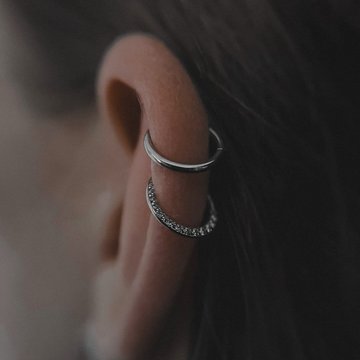
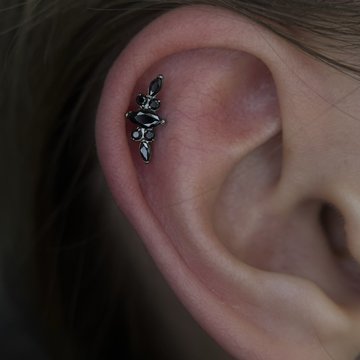
Recommendations before
the procedure of spiral puncture
Before starting the Helix-piercing procedure, it is advisable to follow the recommendations of people who have already been punctured.
Thanks to these tips will be easier to pass the puncture process and healing period:
- If the client plans to make two or three cartilage punctures on his/her two ears during one session, we strongly recommend not to do this. It is very important to leave one ear clean (intact). This should be done so that you can sleep safely. Since the healing of spiral punctures is quite long and sometimes painful, you need to provide the necessary conditions for rest. Calm sleep will ensure a posture on the back or on the side where the head lies on the pillow with a healthy ear.
- Be sure to ask the master to mark the puncture points beforehand. This will allow you to visualize what the decorations in this area of the ear will look like after performing Helix piercing.
You will have to consult with a piercer before you perform this type of piercing. You should also consult with the doctor about possible contraindications.
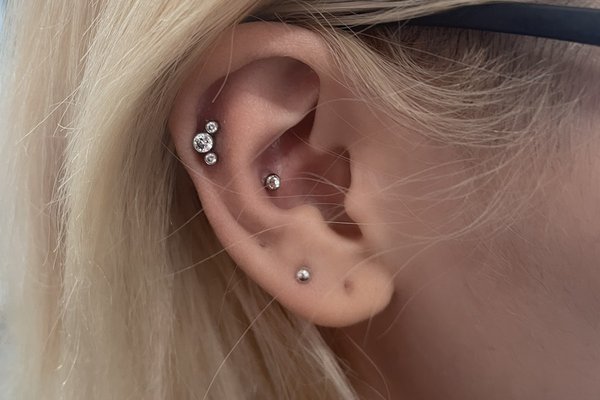
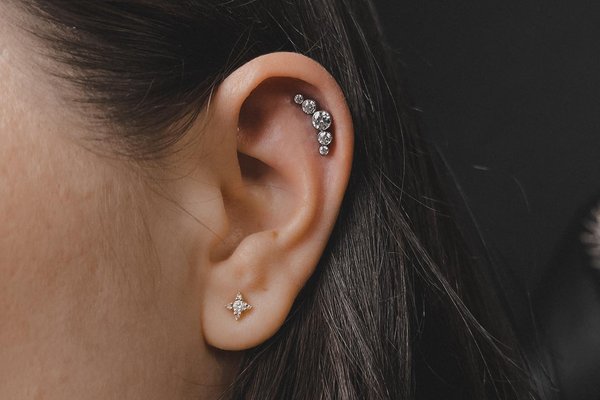
after the puncture
In order to recover from the puncture of the upper ear cartilage without any complications and as quickly as it possible, the following requirements must be adhered to:
- Do not use jewelry that can clamp ear tissue, worsen circulation. For example, a jewerly in the form of a ring, in addition to the all above mentioned troubles, also increases pain and slows recovery. The best option is ultra-thin labrets in the form of studs. It is also undesirable to choose thin barbells on which you can attach nozzles at two ends (balls, wheels, etc.). They can cling to the skin or clothes, thereby injuring the ear.
- For the first 2-3 days it is necessary to protect fresh wounds from moisture. If you need to wash your head, use a dry shampoo. For 2-3 weeks it is recommended not to visit the sauna, hamam, swimming pool, as well as swimming on the beach. This period is minimal and is necessary for a quick healing process.
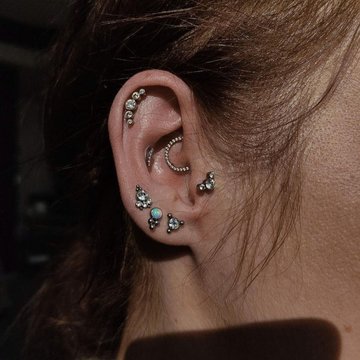
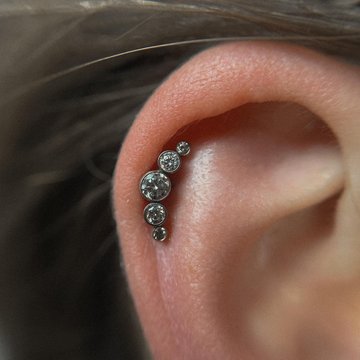
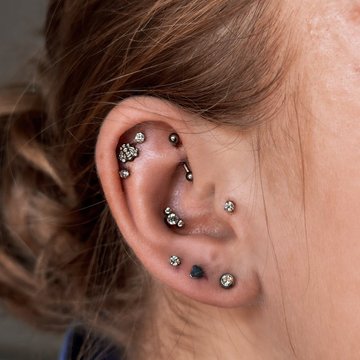
Piercing healing times
The process of healing wounds from a puncture of cartilage is painful and takes place from three to six months.
The duration depends both on the individual features of the client’s organism and on how faithfully the recommendations of the master will be followed. Helix piercing is a quite serious procedure and aftercare is important.
Be sure to treat the wounds with a disinfecting solution (antiseptic). To do this, use a piece of gauze or several times folded bandage. Refuse cotton pads. When they are used, small fibers can get into the wound. Earrings should not be touched for the first 3-4 weeks, but it is better to wait longer.

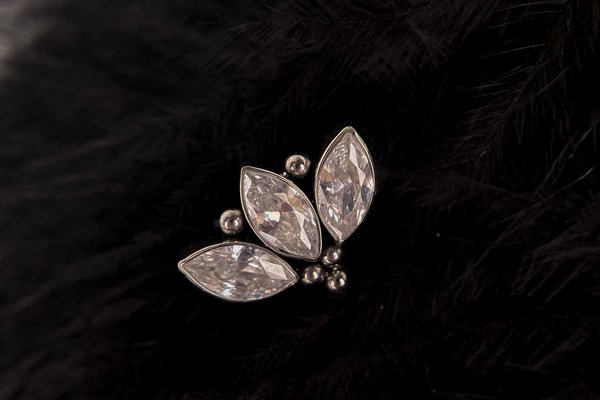
The unpleasant fact is that Helix piercing sometimes does not heal well.
In this case, you need to see a doctor. If at the site of a puncture you feel pulsation, burning feelings, redness and compaction of the skin, you should immediately call the doctor. There is no time to lose if there are purulent or transparent allocations from the wounds. Do not engage in self-treatment! In no case. Especially do not try to squeeze out the contents of subcutaneous tissues. This could lead to more serious complications.
As a rule, timely access to a doctor allows you to quickly eliminate the inflammatory process. A consultation with the master will successfully complete the recovery period.
When you can change the earrings in the spiral piercing
Jewerly in spiral piercing are easily replaced. But you should first make sure that the punctures have successfully healed. It is recommended to change earrings for the first time together with your master. He will also advise how to do the replacement by yourself in a proper way.

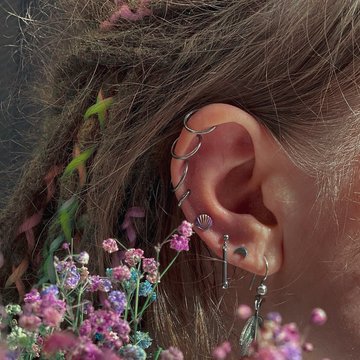
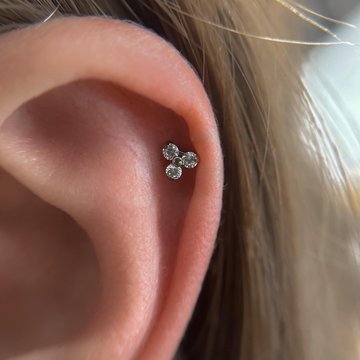
- A labret. Looks like a thin stud, the length varies between 4-10 mm. For fixing it is used a wrapper, which is screwed on the tip with thread. It can have different shapes.
- A barbell is a piece of jewelry consisting of a metal bar with a small bead on both ends, each of which is removable. The barbell is inserted into a piercing by creating two holes with needles and threading it through.
- A ring. A popular decoration for spiral piercing. The diameter of the decoration is about 8 mm, the diameter of the ring material is in the range of 1.0-1.2 mm. A ball can be used as a decorative element. It is not recommended to use rings for installation immediately after a puncture.
Titanium, gold, surgical stainless steel and bioplastic (colorless, monochrome or colorful) is used as a material for decoration.
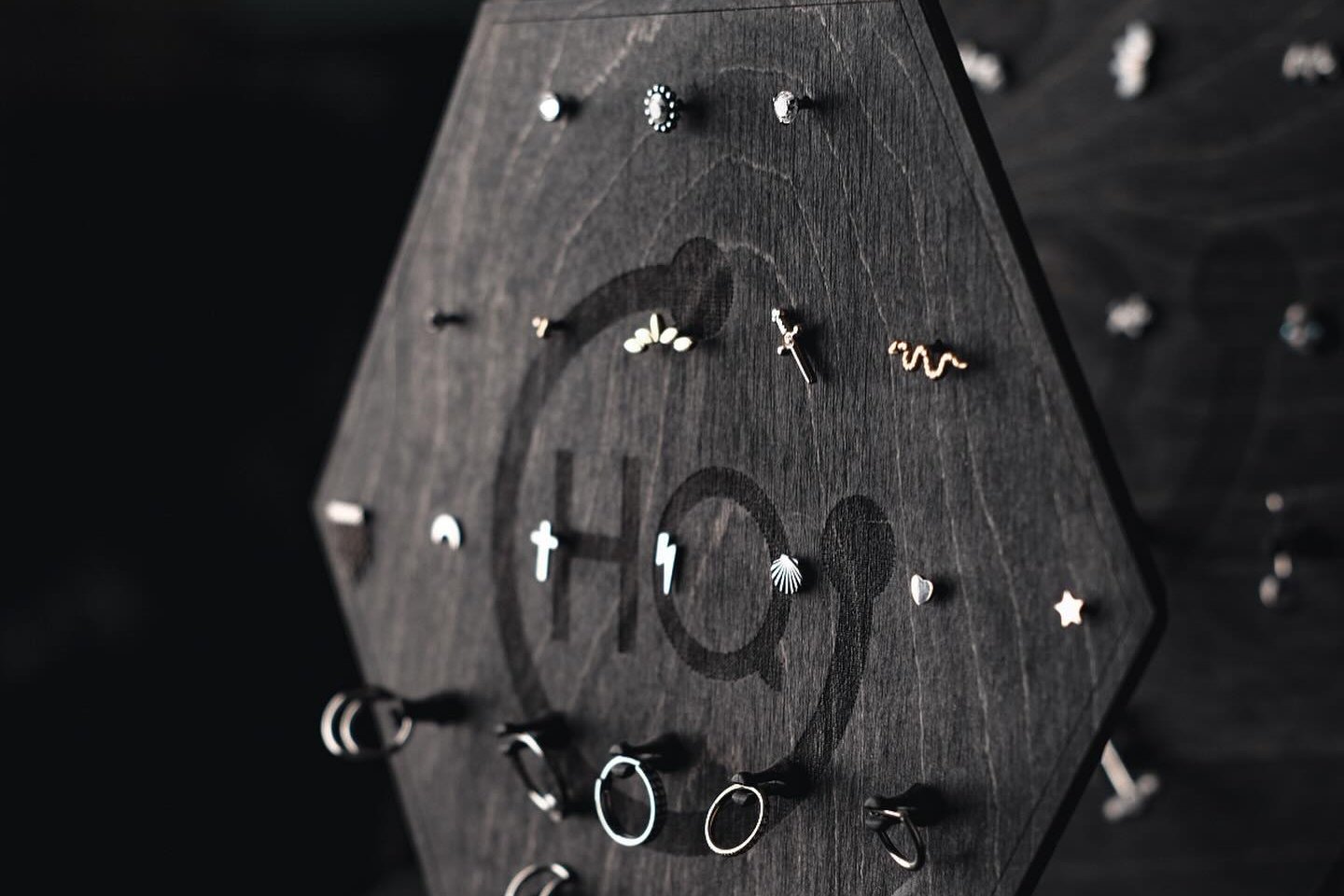


 Create a sketch in the VEAN TATTOO AI generator
Create a sketch in the VEAN TATTOO AI generator




